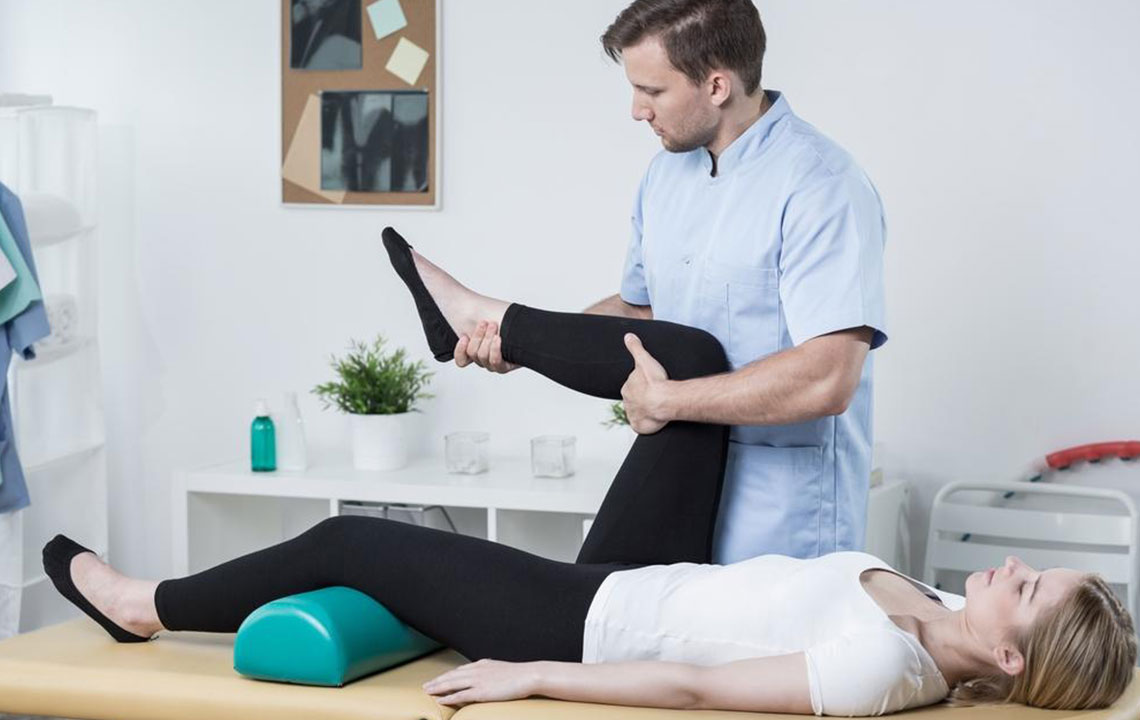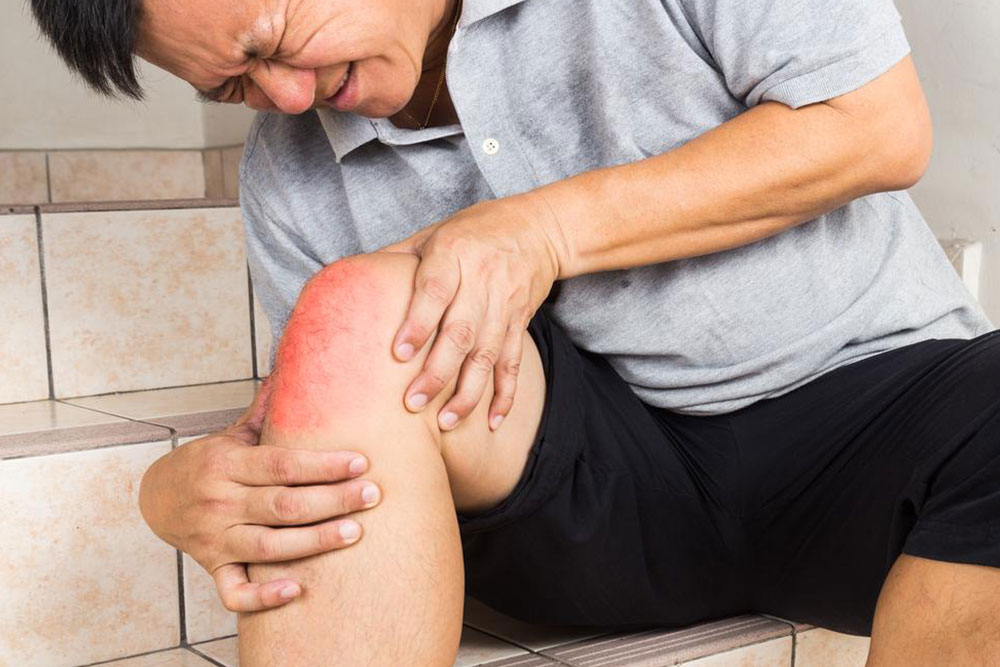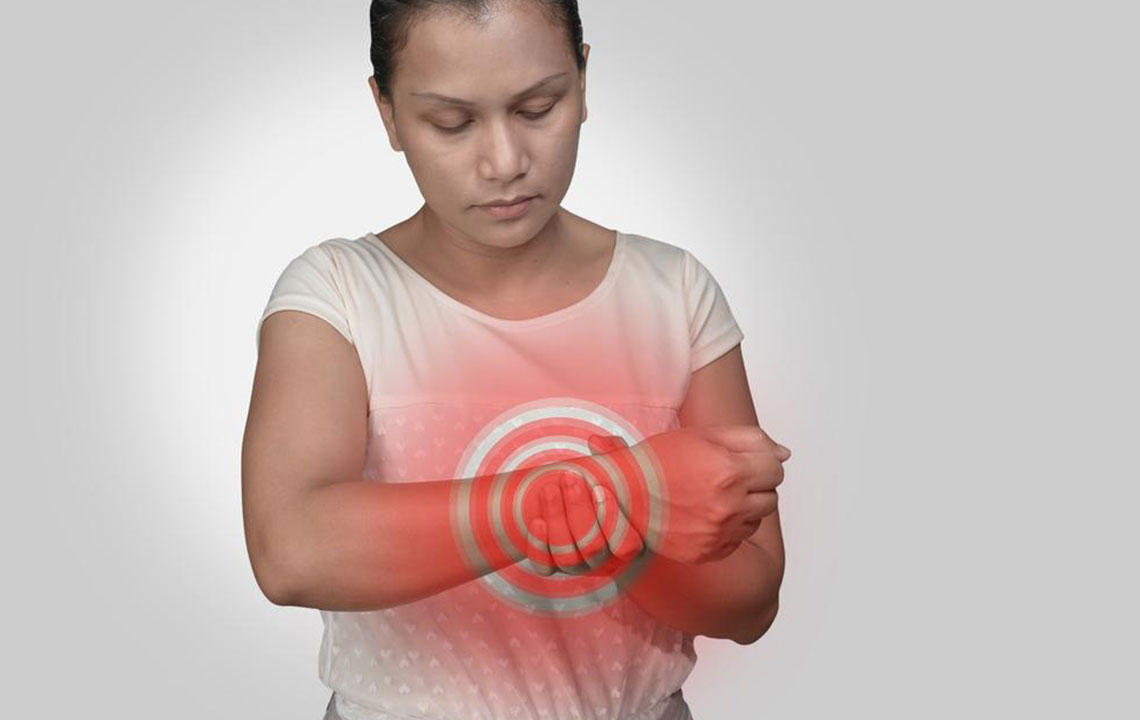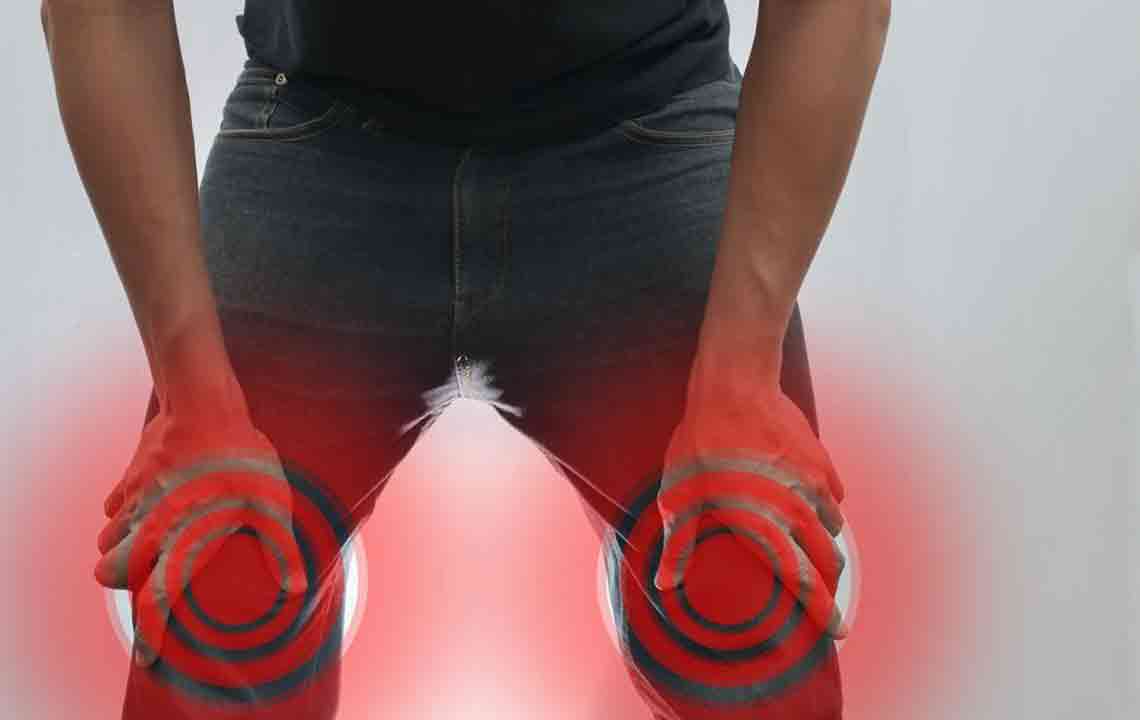In-Depth Guide to Joint Discomfort: Causes, Symptoms, and Comprehensive Treatment Solutions
Explore a comprehensive, in-depth overview of joint discomfort, including causes, symptoms, diagnosis, and advanced treatment options. Learn how various conditions like arthritis, infections, and injuries contribute to joint pain, and discover effective management strategies ranging from medication to minimally invasive procedures. This detailed guide emphasizes the importance of professional diagnosis and personalized treatment to restore joint health and improve mobility. Perfect for those suffering from joint pain or seeking proactive health insights.

In-Depth Guide to Joint Discomfort: Causes, Symptoms, and Comprehensive Treatment Solutions
Joints serve as the fundamental connectors between bones in the human body, facilitating movement and providing essential support for daily activities. These vital structures are designed to withstand a significant amount of stress, but various internal and external factors can lead to joint damage, resulting in pain, stiffness, and reduced mobility. Understanding the complexities of joint discomfort is crucial for effective management and treatment.
According to recent studies and health surveys, approximately one-third of adults—around 33%—experience persistent or episodic joint pain within a given month. This widespread issue predominantly affects large joints like the knees, hips, and shoulders, but it can also impact smaller joints such as fingers, ankles, and toes. The impact of joint pain extends beyond physical discomfort, often impairing daily functioning and diminishing overall quality of life.
As we age, joint discomfort becomes increasingly common, ranging from mild irritation to debilitating pain that hampers mobility. The duration of pain episodes can vary significantly; some individuals suffer from short-term flare-ups, while others experience chronic, persistent symptoms. Effective treatment strategies are tailored to the severity and underlying causes of the condition, often combining medication, physical therapy, lifestyle modifications, and alternative therapies. Proper diagnosis by healthcare professionals is essential to identify the root cause and develop a targeted treatment plan aimed at relieving pain, reducing inflammation, and restoring joint function.
Numerous conditions can cause joint discomfort, each with distinct features and implications:
- Gout, a form of inflammatory arthritis caused by uric acid crystal buildup, leading to intense pain and swelling.
- Strains and sprains, resulting from overstretching or tearing ligaments and muscles around the joint.
- Bursitis, inflammation of the bursae—small fluid-filled sacs cushioning joints.
- Rheumatoid arthritis, an autoimmune condition attacking joint linings and causing widespread inflammation.
- Osteoarthritis, characterized by cartilage degeneration leading to bone-on-bone contact and pain.
- Lupus, an autoimmune disease that can involve joints and cause persistent inflammation.
- Viral infections such as influenza, mumps, and hepatitis can sometimes involve joint symptoms.
- Cartilage degeneration, often a feature of aging and repetitive joint use.
- Tendon injuries, including tendinitis, which cause pain and swelling in the tendons surrounding joints.
- Bone infections (osteomyelitis) can invade joint structures, causing severe pain.
- Overuse injuries from repetitive movements or excessive physical activity.
- Cancer invading bones or soft tissues around the joint.
- Fibromyalgia, a chronic condition marked by widespread musculoskeletal pain, including joint discomfort.
- Osteoporosis, leading to weak bones that may cause joint stress.
- Sarcoidosis and rickets, which affect bone health and can lead to joint abnormalities.
Common symptoms indicative of joint problems include:
- Stiffness, especially after periods of inactivity.
- Limited range of motion, making it difficult to perform daily tasks.
- Swelling and warmth around the joint, signifying inflammation or infection.
- Loss of joint function, impacting mobility and quality of life.
Severity of symptoms often correlates with the extent of joint damage. For instance, a joint that appears warm or swollen suggests active inflammation or potential infection, requiring prompt medical evaluation. Accurate diagnosis is essential for effective treatment planning, which may involve a combination of pharmacological and non-pharmacological approaches. Treatment options encompass:
Medications:
Nonsteroidal anti-inflammatory drugs (NSAIDs) such as ibuprofen and naproxen are commonly used to relieve pain and reduce swelling. Selective COX-2 inhibitors like celecoxib offer alternative options but have faced withdrawal in some markets due to cardiovascular risks. Acetaminophen (Tylenol) is suitable for mild to moderate pain but must be used cautiously considering potential liver toxicity, especially when combined with alcohol.
For severe pain, opioids may be prescribed, but due to their addictive potential and adverse effects like drowsiness, constipation, and respiratory depression, they are typically used only under strict medical supervision.
Additional pharmacological treatments include:
Muscle relaxants for muscle spasms, and medications for nerve-related pain such as certain antidepressants (like amitriptyline) or antiepileptic drugs (like gabapentin) that can help manage neuropathic pain associated with joint conditions.
Topical remedies:
Creams containing capsaicin, derived from chili peppers, work by blocking pain signals and stimulating the release of endorphins, natural painkillers in the body. Methyl salicylate-based topical rubs are also popular for their anti-inflammatory properties and localized pain relief.
Injections and other advanced therapies:
Steroid injections directly into the affected joint provide temporary relief, especially in cases of arthritis or tendinitis. These injections are usually administered every few months; however, repeated use may mask underlying injuries, potentially leading to further damage. Hyaluronic acid injections, mimicking natural joint fluid, are increasingly used to improve mobility in osteoarthritis patients, offering longer-lasting relief.
Other interventions include:
- Aspiration of excess joint fluid to reduce swelling and discomfort.
- Physical therapy and exercises tailored to strengthen muscles around the joint, improve flexibility, and decrease inflammation.
- Joint nutrition supplements, such as glucosamine and chondroitin sulfate, which may support cartilage health and joint function.
Addressing joint discomfort requires a comprehensive approach, combining medical treatments, lifestyle changes, and sometimes surgical interventions, particularly in severe cases. Understanding and managing joint health effectively can prevent further deterioration and significantly enhance quality of life.





